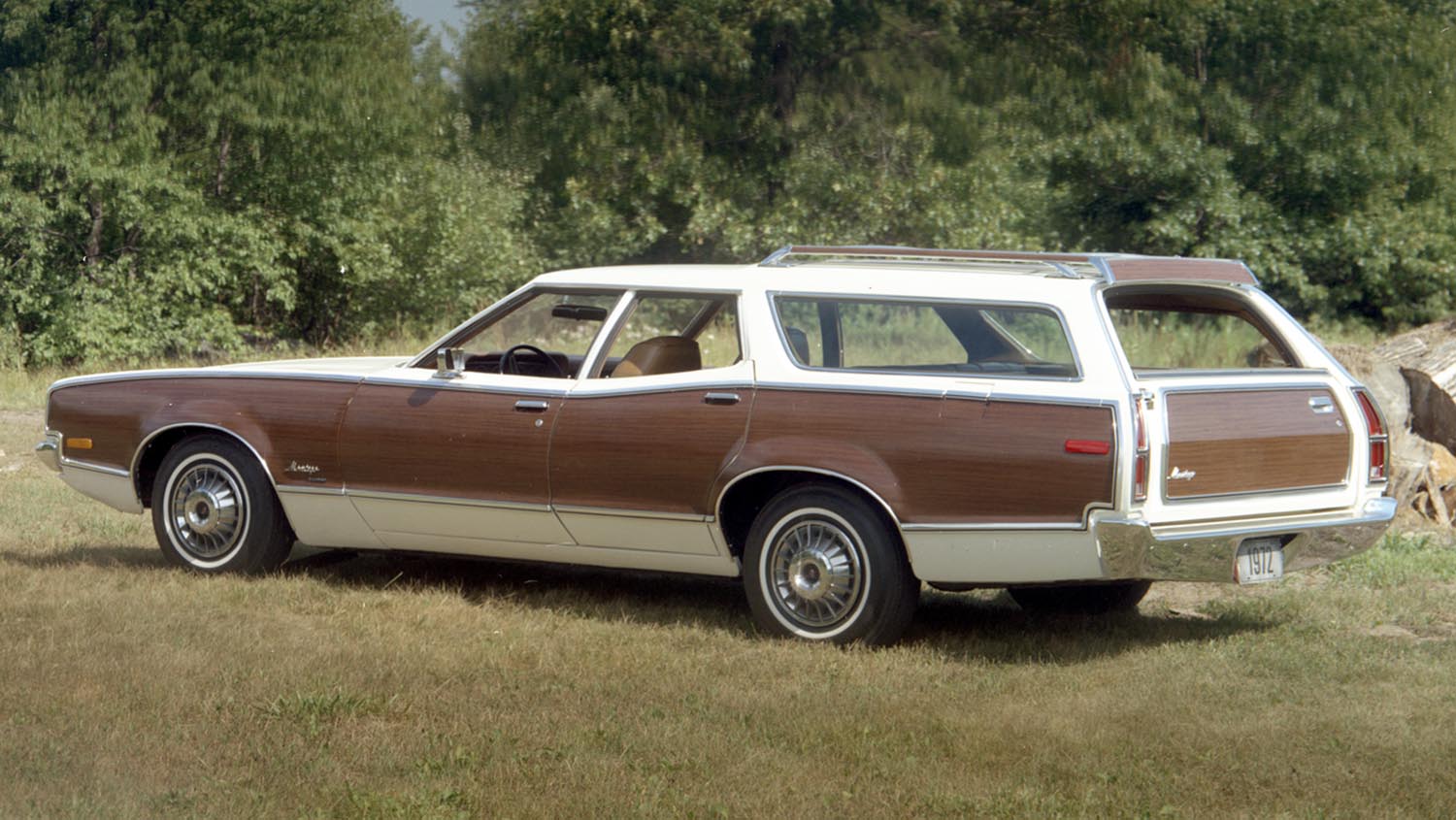
The 1972 Mercury Montego Villager Station Wagon carved a unique niche, bridging utility with undeniable style. This classic model represents a significant chapter in American automotive history. It reflects evolving family needs and design trends of its era. This Montego Villager offered comfort and practicality, making it a beloved choice for many.
Origins of the Montego Nameplate
Mercury introduced the Montego nameplate in 1967. It aimed to offer a more upscale option in the mid-size segment. Initially, it shared platforms with the Ford Fairlane. The Montego quickly established its own identity. Its design language offered a distinct Mercury flair. This gave buyers a refined alternative.
Evolution into the Villager Trim
The “Villager” designation was synonymous with Mercury wagons. It always indicated a higher trim level. These models featured woodgrain paneling, enhancing their appeal. This added a touch of elegance to a practical family vehicle. The woodgrain became a recognizable symbol. It spoke of suburban comfort and style.
The 1972 Model Year Changes
The 1972 Mercury Montego Villager Station Wagon arrived with significant updates. It was part of the second-generation Montego. This generation debuted for the 1972 model year. The styling became more distinct and substantial. It moved further away from its Ford siblings. This gave the Montego a bolder presence on the road.
Design and Aesthetics
The 1972 Montego Villager featured a new body-on-frame design. This contributed to a smoother ride. Its long, sweeping lines characterized its appearance. The front fascia received a notable refresh. A prominent grille and updated headlamp treatment defined it. This gave the car a more sophisticated look.
Interior Comfort and Practicality
Inside, the 1972 Mercury Montego Villager emphasized comfort. It provided ample space for families. The seating was plush and inviting. Thoughtful features catered to travelers. Luggage capacity was a major selling point. The rear cargo area was substantial. This allowed for various hauling needs. Rear-facing third-row seats were an option. They added to its versatile nature. Kids especially loved this unique seating arrangement.
The Woodgrain Mystique
The faux woodgrain panels defined the Villager. They gave it a distinctive appearance. This trim made the Montego stand out. It symbolized a blend of utility and luxury. The woodgrain was a statement piece. It evoked a sense of classic Americana. Many remember these panels fondly.
Engine Options and Performance
The 1972 Montego Villager offered several engine choices. A standard 351 cubic inch V8 engine provided ample power. This robust engine delivered reliable performance. Optional larger V8s were also available. These included the 400 and 429 cubic inch options. These powerplants provided strong acceleration. They ensured effortless highway cruising. The ride was generally soft and comfortable. Handling was predictable for its size. This made long journeys enjoyable. It proved to be a capable family hauler.
Cultural Impact and Legacy
The 1972 Mercury Montego Villager Station Wagon embodies an era. It represents the American family vehicle of the early 1970s. Station wagons were kings of the road. They catered to suburban expansion and road trips. This particular model holds a special place. It evokes nostalgia for many enthusiasts. Its heritage highlights a time when wagons reigned supreme. Its design influences collectors today. The Montego Villager remains a classic icon.
A Testament to Utility and Style
The Montego Villager successfully combined utility with distinctive styling. It offered practical solutions for families. At the same time, it maintained an elegant aesthetic. This balance contributed to its lasting appeal. It stands as a testament to thoughtful automotive design. The wagon era may have faded, but its spirit endures.
Summary of an Icon
The 1972 Mercury Montego Villager Station Wagon is a significant vehicle. It seamlessly blended practicality with a distinct Mercury style. Its model history reveals an evolution toward greater refinement. The iconic woodgrain panels cemented its unique identity. This vehicle played a crucial role in American family life. It offered comfort, space, and a touch of class. Today, it remains a beloved example of classic station wagon design.
Disclaimer: Content on this site is for informational purposes only. Vehicle specs, pricing, and availability may change. Always verify details with official sources before making decisions. Opinions are those of the authors.
Source: Ford Heritage Vault
